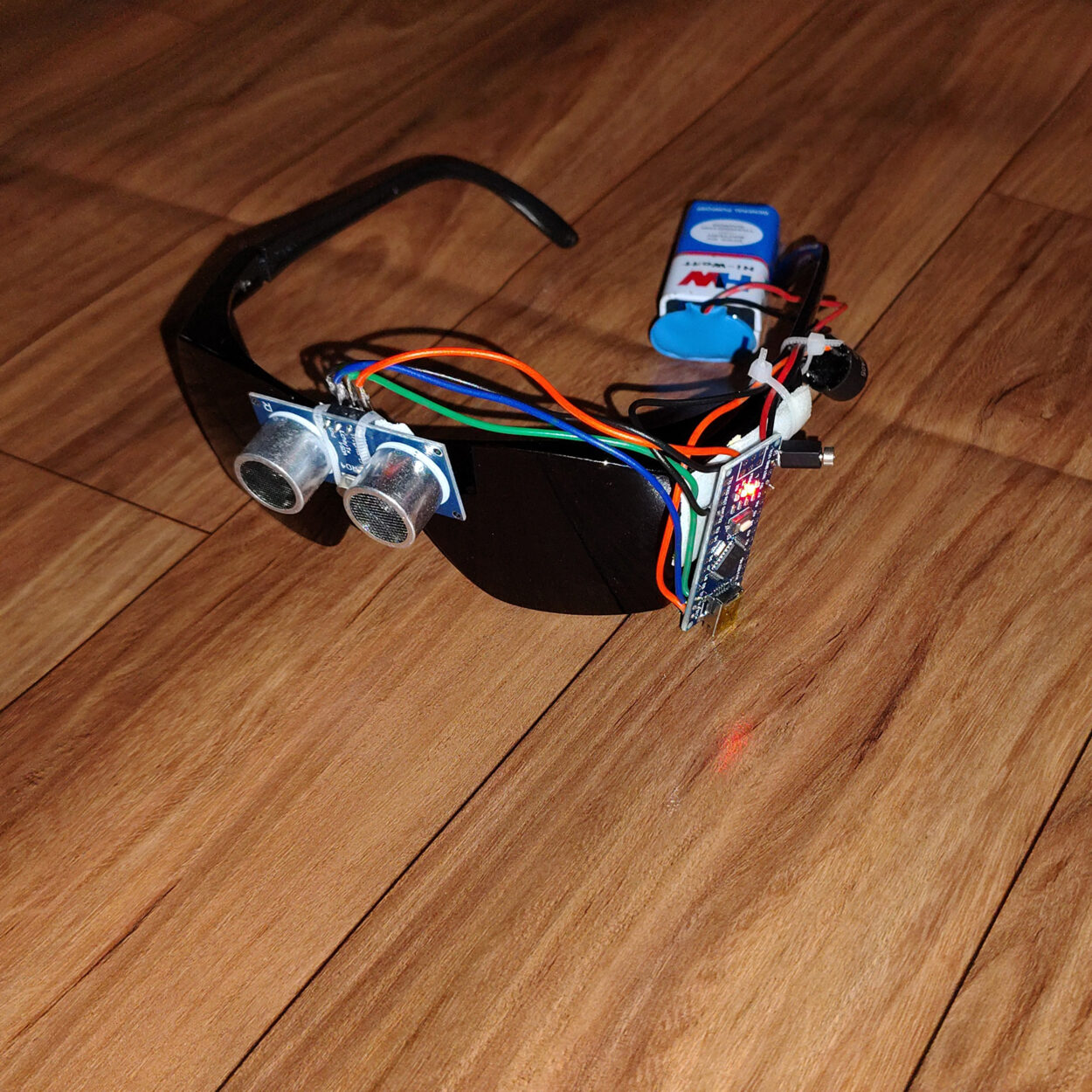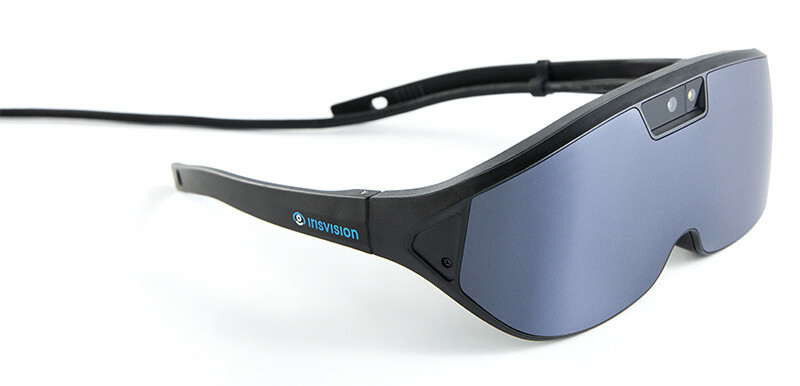Top Braille Displays and Notetakers to Enhance Accessibility for the Blind
Top Braille Displays and Notetakers to Enhance Accessibility for the Blind
Blog Article
Enhancing Availability With Assistive Technology for the Blind
The combination of assistive technology for the blind stands for an essential advancement in accessibility, essentially changing exactly how people browse their settings and involve with society. As we check out the diverse types of assistive gadgets and their tangible effects on everyday living, it ends up being crucial to take a look at exactly how ongoing technological advancements are improving the landscape of support for the blind area.
Summary of Assistive Technology
Assistive modern technology refers to an array of tools and software application designed to improve the abilities of individuals with handicaps, including those that are blind or visually damaged. This modern technology plays a vital role in promoting freedom and improving the lifestyle for users. By supplying different techniques for accessing details and performing everyday jobs, assistive technology equips people to navigate their atmospheres better.
The advancement and execution of assistive technology accept a range of concepts aimed at promoting availability. These concepts consist of user-centered layout, which prioritizes the needs and choices of the individual, and the integration of innovation right into everyday activities. Such improvements make certain that assistive gadgets are not only useful but also user-friendly and simple to use.
Additionally, assistive modern technology encompasses a varied range of services, from low-tech alternatives like magnifiers to modern innovations such as screen readers and Braille display screens. The continuous development of this field is driven by the requirement to attend to the special obstacles encountered by individuals with aesthetic disabilities (Wearable technology for low vision). As modern technology remains to development, the possibility for boosting availability and advertising inclusivity stays appealing, eventually adding to a more fair culture

Sorts Of Assistive Gadgets
Many sorts of assistive devices are offered to sustain people who are blind or visually impaired, each made to address particular requirements and challenges. These tools can be broadly categorized right into 3 major kinds: low-tech, mid-tech, and high-tech options.
Low-tech tools consist of items such as magnifiers, Braille labels, and tactile maps. These are fairly basic devices that boost the customer's capability to communicate with their atmosphere without needing intricate modern technology.
Mid-tech devices often include much more sophisticated features, such as electronic magnifiers and mobile Braille note-takers. These gadgets can offer capabilities like speech result, permitting individuals to accessibility details extra successfully.

Effect On Daily Living
The schedule of various assistive devices significantly enhances the quality of life for individuals who are blind or visually impaired, influencing their day-to-day living in extensive methods. By incorporating innovations such as screen visitors, Braille displays, and audio description solutions into their routines, users acquire greater autonomy and independence. These devices promote accessibility to info, allowing individuals to perform day-to-day jobs, such as checking out emails, navigating public rooms, and appreciating media web content.
Additionally, assistive gadgets empower people to involve more fully in social interactions and neighborhood activities. The ability to make use of mobile phones equipped with access attributes enables seamless interaction and connection with others. This connectivity cultivates a sense of belonging and decreases sensations of isolation.
In professional settings, assistive technology sustains efficiency by enabling individuals to complete job jobs successfully. Devices like voice recognition software and specialized magnifying tools allow users to take part in the workforce on equivalent ground with their sighted peers.

Developments in Technology
Current technical improvements have considerably transformed the landscape of tools offered for individuals that are visually impaired or blind. The combination of man-made intelligence (AI) and machine learning has actually provided rise to applications that enhance navigating and item recognition. As an example, smart device applications can now utilize AI to identify and define surroundings in real-time, providing customers with useful contextual info.
Furthermore, developments in haptic modern technology have actually resulted in the growth of wise canes furnished with sensors that find out here detect challenges and offer responsive comments. This encourages individuals to browse their atmosphere with raised confidence and independence. Advancements in text-to-speech software and braille screens have actually improved the access of digital material, permitting for seamless communication with numerous media.
Wearable innovations, such as clever glasses, are also making strides in helping aesthetic problems. These devices can supply increased reality experiences, overlaying critical information onto the individual's area of view. Collectively, these improvements not just enhance the lifestyle for people that are blind yet also promote better addition in culture. As technology remains to develop, the possibility for much more transformative tools continues to be on the perspective.
Future Trends and Innovations
As technology swiftly proceeds, the future of assistive tools for people who are blind holds tremendous guarantee. Innovations in fabricated knowledge (AI) and machine discovering are positioned to reinvent the way blind individuals connect with their environments. As an example, AI-driven applications are being established to enhance item recognition, permitting customers to identify and browse their surroundings with better simplicity and precision.
In addition, developments in haptic feedback modern technology are enabling the development of responsive maps and navigation help that give real-time info via touch. These innovations not just boost mobility however additionally foster independence. Furthermore, wearable tools geared up with enhanced fact (AR) features are emerging, using customers visual info via sound descriptions, thus connecting the void between the digital and physical globes.
Additionally, the combination of wise home innovation offers brand-new opportunities for availability, permitting people to regulate their living environments with voice commands or mobile phone applications. As collaboration between technology developers and the blind community continues, the concentrate on user-centered style will make sure that future technologies are tailored to meet the distinct requirements of this population (Wearable technology for low vision). The trajectory of assistive innovation guarantees a much more comprehensive and empowering future for people that are blind
Final Thought
In final thought, assistive technology plays a crucial function in boosting ease of access for individuals with visual problems. Constant advancements in innovation and user-centered design make certain that these devices cater effectively to the special needs of the blind community.
The combination of assistive technology for the blind stands for an essential advancement in access, essentially altering exactly how individuals browse their environments and helpful hints involve with society.Assistive modern technology refers to a range of tools and software made to improve the capacities of individuals with handicaps, including those my eye care that are blind or visually impaired. Wearable technology for low vision.As modern technology rapidly advances, the future of assistive tools for people who are blind holds enormous assurance. The trajectory of assistive innovation assures a more comprehensive and empowering future for individuals who are blind
In final thought, assistive modern technology plays an essential duty in boosting accessibility for individuals with aesthetic disabilities.
Report this page